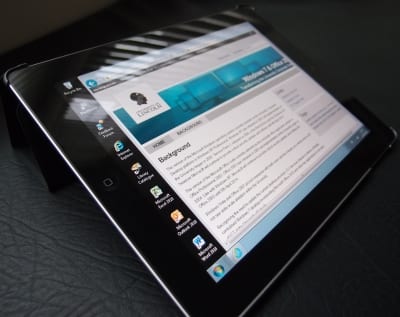Last week we presented the proposal to deliver a flexible centralised Windows 7 & Office 2010 desktop using Microsoft Remote Desktop Services to SMT. I am pleased to report that the proposal was accepted and we now have approval to proceed into full implementation.
As the solution requires significant new supporting network and server infrastructure we will now enter into a tender exercise and period of procurement which is likely to take us well past Christmas. The plan is to have the system up and running with a core set of general student focused software applications in time for the new academic year. To compliment this we intend to replace PCs in some open access locations such as the Library with thin client devices.
We will then start to add the business applications and subject specific software based on a more detailed requirements analysis. This will identify those applications which are most frequently or widely used or are otherwise critical to a specific deployment scenario.
